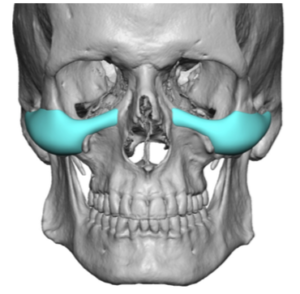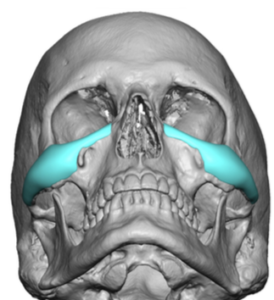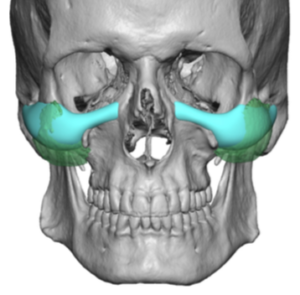Implants offer an assured volumetric outcome for cheek augmentation. Just like chin implants a variety of cheek implant styles and sizes are available to use. While many of these implant styles are somewhat different in shape, most have an oval form which is designed to sit over the malar prominence and/or cover/extend down into the submalar space. This has been the historic implant form for the cheeks for decades.

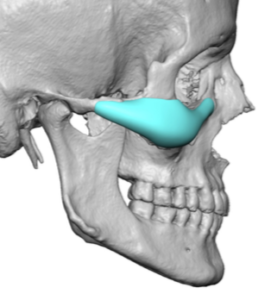
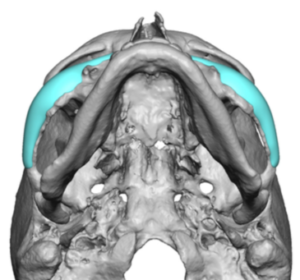
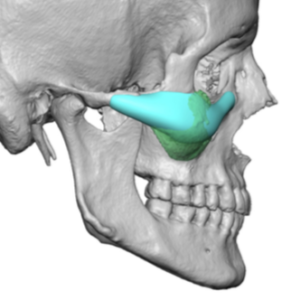
While men typically prefer this infraorbital-malar cheek effect, I am also finding that more younger women do as well. The difference between the male vs female infraorbital-malar implant style is that women typically prefer a lower curvilinear shape across the malar area.
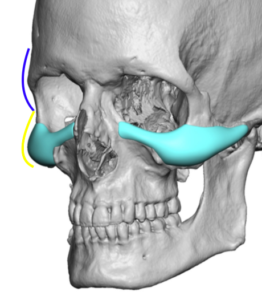
Dr. Barry Eppley
Indianapolis, Indiana






